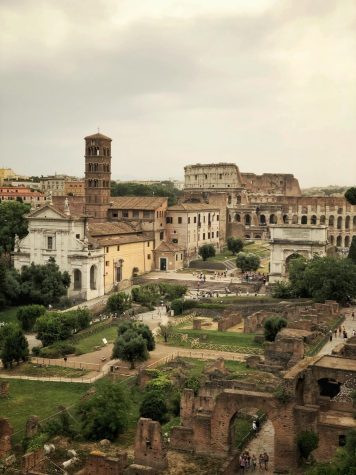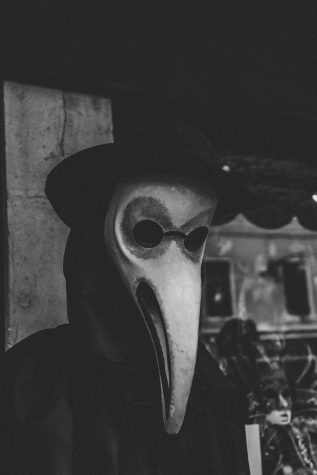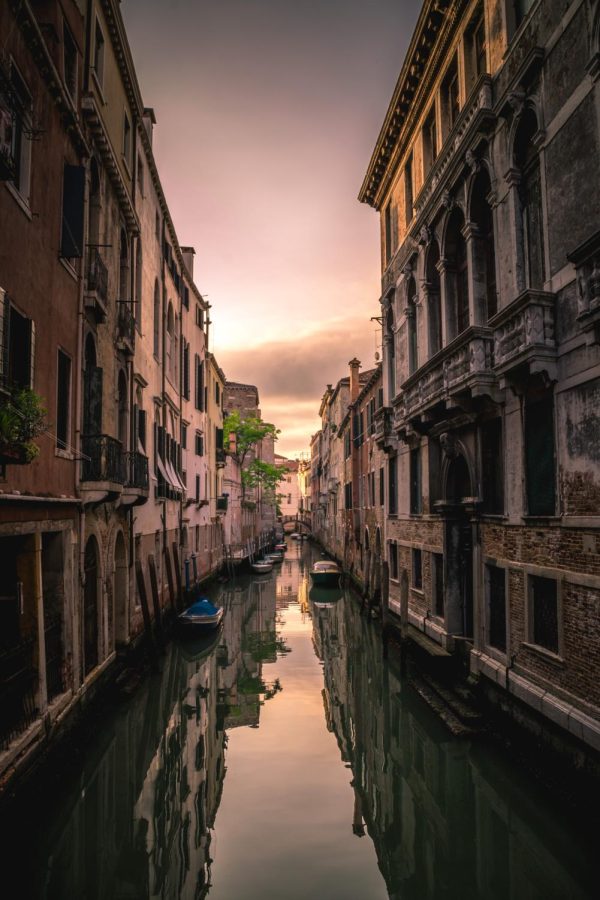The History of Italy
Everybody loves pasta, but what is the history of its top-ranking place of origin?
The beautiful city of Venice, Italy was one of the first powerful developing cities. Their unique town is all on water and they transport using small boats.

Italy is a modern country whose roots dig deep into Western history. Rome, the first major Italian state, was founded in 753 BCEby Romulus and Remus. Legend tells that these brothers were raised by she-wolf, Amulius. 500 years later in 218 BCE, Hannibal, the leader of Carthage, invaded Italy. He was joined by the Celts, but after nearly 20 long years this war came to an end in 201 BCE.
46 BCE, Julius Caesar became the dictator of Rome. He didn’t get to rule for long because the next year in 44 BCE, he was killed by a mob that stabbed him 23 times. After declaring himself dictator for life, political leaders feared he would become a king and plotted his murder as a result.
In 27 BCE and Augustus became emperor. With his ascension, the political system shifted from a Representative Democracy to an imperial authority where the emperor holds most of the power.

Although the Empire lasted another 400 years–and some would argue, it survives today in the form of the Catholic Church–Augustus’ reign was the beginning of its decline. In 64 The Great Fire of Rome burned down most of the city. It began in one of the merchant’s shops, where flammable items were in this store and a fire lit. Not much damage would have occurred if it hadn’t been so windy. The wind carried the fire all throughout the city during the night and nearly every building caught. It took six days to get the fire under control, and the loss of life and property were tragic. After some years, they rebuilt this area and also completed the Colosseum in 80.
The Roman empire fell in 476 and in 488, the Ostrogoths took over Italy. They had control of Italy for a few hundred years, but in 751, the Lombards took over. Two years later the Franks invaded, defeating the Lombards and seizing control.
By the 1200’s, many powerful cities begin to develop. These cities include Venice, Naples, Milan, and Florence.
In the 1300’s, the Renaissance begins in Florence, Italy, lasting into the 1600’s. During that time Leonardo Da Vinci created his detailed scientific and human studies. He also painted his famous paintings ‘The Last Supper’ and the ‘Mona Lisa’. Also in Italy, Galileo Galilei studied the natural laws, Johannes invented the printing press, and Michelangelo sculpted ‘David’ and painted the ceiling of the Sistine Chapel.

In 1348, the Black Plague reached Italy and killed about one third of the population.
In 1434, the Medici family took control of Florence. About 60 years later, France invaded Italy, but did not conquer until 1796. At that time Napoleon invaded and conquered Northern Italy, making it part of the French Empire. In 1805, Napoleon declared the kingdom of Italy. However, 9 years later, he was defeated and Italy was divided once again into smaller states.
It wasn’t until 1861 that the City States were reunited and became a country . Ten years later Rome was established as the capitol of Rome.
In World War I Italian forces fought on the side of the Allies. Ten years after that, however, Benito Mussolini rose to prominance as a dictator, fighting alongside Hitler’s army in World War II. Mussolini ordered an invasion of Greece, but was ultimately doomed. In 1943 Italy surrendered to the allies. Two years later, Mussolini was executed.
In 1946 the Italian Republic is formed with a new constitution. Women gained the right to vote. In 1955, Italy joined the United Nations and in 2002, the Euro became the official currency in Italy.
Today Italy is a unified country, member of NATO and the EU, a dream destination for travelers from around the globe.

